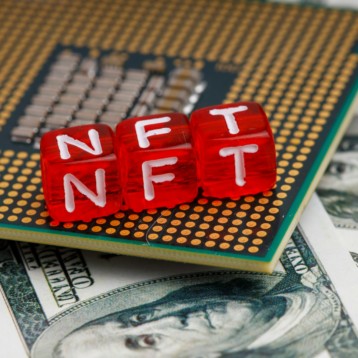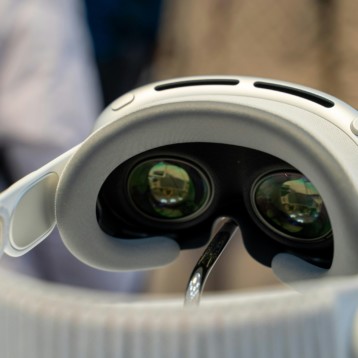Despite the above advantages of fuel cells, traditional batteries are a lot easier to build at a small scale – after all, they do not require the pumps and control electronics necessary for fuel cells. Moreover, even if the required components are scaled down to the appropriate size, they often end up consuming more energy than they generate. “It’s not practical to make a pump, a pressure sensor, and the electronics to control the system in such a small volume,” says Saeed Moghaddam, a postdoctoral research associate at the Department of Chemical and Biomolecular Engineering. “Even if they are magically made at that scale, their power consumption would probably exceed the power generated.” When compared to the highly toxic conventional batteries, fuel cells are also considered more environmentally-friendly, but are the other hand non-rechargeable, since they simply consume their reactant fuel during operation.
According to the scientists, due to the small size of the cell the flow of water in it is controlled by surface tension, not gravity – what makes the device operate in a stable way even when moved or rotated. This, they say, makes their invention especially suitable for use in various portable electronic gadgets. Their latest prototype was shown to generate 0.7 volts and a current of around 1 milliamps for nearly 30 hours before the fuel ran out and while this is not nearly enough to power a typical mobile phone, it is enough to drive smaller electronic systems, such as micro-robots.
Moghaddam’s design, while being praised on its small size, did draw criticism from some experts who alleged the tiny power unit may not be powerful enough to be practical. Dr. Steve Arscott, an expert on fuel cells from the Institute of Electronics, Microelectronics and Nanotechnology (IEMN) in France, has himself developed a micro fuel cell based on methanol – his invention, while being three times larger than Moghaddam’s device, has a power density of more than 10 times. He says it is still unclear how and when we’ll begin to see fuel cells overtaking lithium ion batteries in common consumer devices.
TFOT has previously covered a number of innovative energy related stories including micro-batteries half the size of a human cell, which use viruses to generate power and new energy-harvesting radios, which are able to continuously transmit data without ever requiring a change of batteries.










